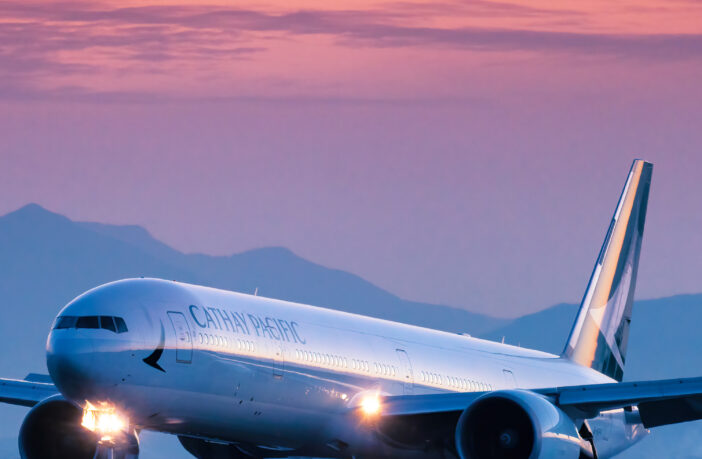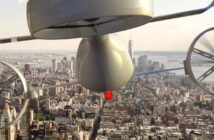One of the saddest elements of the Covid19 pandemic has been the way that it has largely put the brakes on international travel.
Yet even before Covid hit environmentally concerned consumers were already starting to agonise over their ue of airlines.
Airline travel accounts for 2.5% of global carbon emissions.
So what can the airlines do to make their services more sustainable?
The key trend among them appears to be aiming to become net zero by 2050. Last year a host of airlines including American Airlines, British Airways, Cathay Pacific, Finnair, Iberia, Japan Airlines, Malaysia Airlines, Qantas, Qatar Airways, Royal Air Moroc, Royal Jordanian, S7 Airlines, Sri Lankan Airlines and Fiji Airways all signed up to an initiative called Oneworld which agreed a range of measures to aim for zero emissions.,
Now Cathay Pacific has been giving more details of how it is aiming for zero emissions by 2050.
In its sustainable development report, which was published last week Cathay Pacific says it “embraces its responsibility to lead the charge towards sustainable aviation and ensuring future generations can experience the joy of travel”.
Similar to other airlines Cathay Pacific’s plans for delivering net-zero are based around a trio of innovations
- improving aircraft efficiency
- scaling up sustainable aviation fuel use
- offsetting remaining emissions via a carbon credit programme.
Improving efficiency is largely based around upgrading exciting aircraft and investing in new more efficient ones. There is also an aim of reducing engine use on the ground.
Cathay Pacific faces a bigger challenge in the shift to sustainable aviation use. At the current time it only accounts for 2% of the total amount of fuel it uses., The company estimates that it will purchase 1.1 million tonnes of sustainable aviation fuel within the next ten years. There are limitations on its use though, mainly because of a lack of supply. The company hopes that issues around its distribution will be resolved as time goes by.
One potential magic bullet could be switch to either electric or hydrogen-based fuels. However the technologies, while developing, are still immature and not suitable for long-range travelling.
The most controversial element of Cathay Pacific’s net-zero plans is carbon-offsetting. The company is working with The Gold Standard to purchase verified credits.
“The unprecedented pandemic has shaken the world and showed us that ‘business-as-usual’ is not an option when dealing with an imminent global risk,” Cathay Pacific Group’s chief executive Augustus Tang said.
“Climate change, potentially a much more disruptive crisis, calls for ramped-up efforts.”




